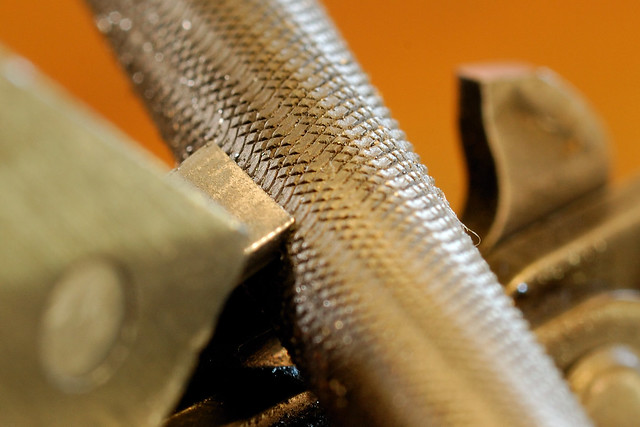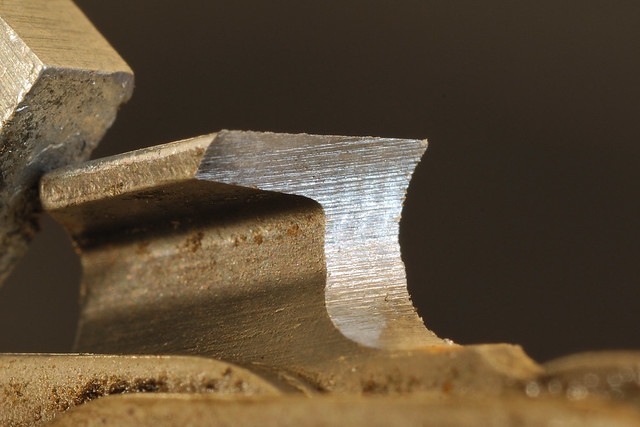Sharpening is an art. Jigs and stump vises/bench clamps and computer guided robots take the feel out of it; not to mention rotary grinders and their high speed temper strippers. It's like dragging your fine kitchen cutlery through one of those edge rapers in the drawer or worse, on the counter top.
And guys who don't sharpen in the field? Try driving an hour back to the shop when you're three days behind schedule and you just rocked you chain. You sit on the stump, put the saw between your feet, grasp the blade with you free hand, pull the appropriate file from your rule pocket, and start polishing that tooth right there in your face. 10-20 minutes later, you've had a good little break and you're ready to letter 'er rip. "Put your extra loop on," I hear some say. Why? It needed to be sharpened, and I needed a break.
The best part about being able to put a shaving edge on your teeth by hand, is that when that day comes that you don't have all the gizmos, you still can.








